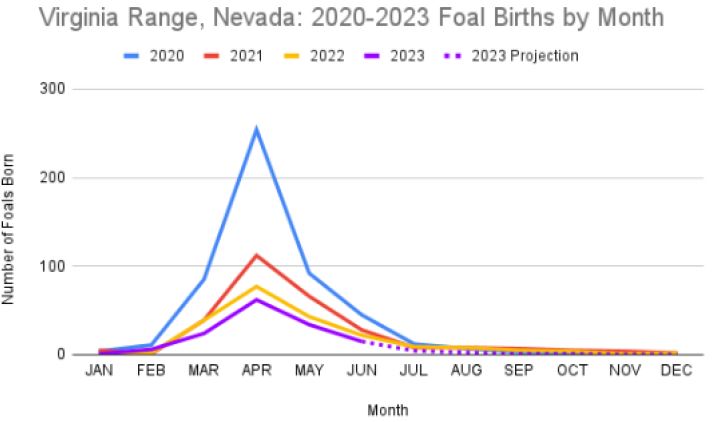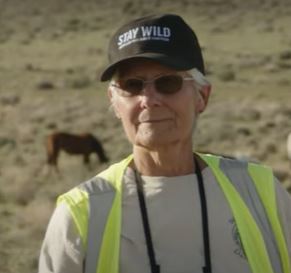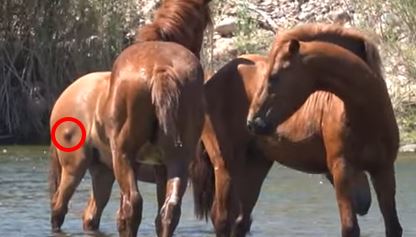Your host is not sure if the materials were intended for public consumption but the page is working as of this morning.
Links in the following comments include local versions in case the site goes dark.
Of immediate interest is the current agreement [local] between NDA and CAAWH which includes a stipulation for reductions in herd size over the 12-month period, contradicting a goal in the Darting SOP [local] about stabilizing population growth.
Progress reports, monthly and yearly, were posted to a separate page.
The Year 4 Report [local], covering 2022-2023, indicates 1,225 mares received 1,691 doses of PZP, a restricted-use pesticide.
One hundred and forty two foals were born during the period, with two removed and 41 deceased or missing and presumed dead.
With the reduction in birth rates, coupled with the activity of predators, many herd treatment areas experienced a population decline.

With a population of 3,507 confirmed living horses, the birth rate is four percent, too low to sustain the current herd. It is declining as the bureaucrats desire.
A list of approved properties for darting [local] was also provided.
Curiously, the page has a list of training materials, including a link to literature at the Billings School of PZP Darting and Public Deception with password!

The final link to The Pinto Post, a monthly newsletter that covers the incredible work of the many wild horse organizations in the area, is not correct but you can reach it here.
RELATED: What’s So Important about the Virginia Range?













